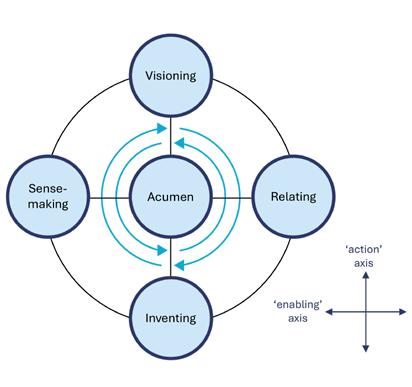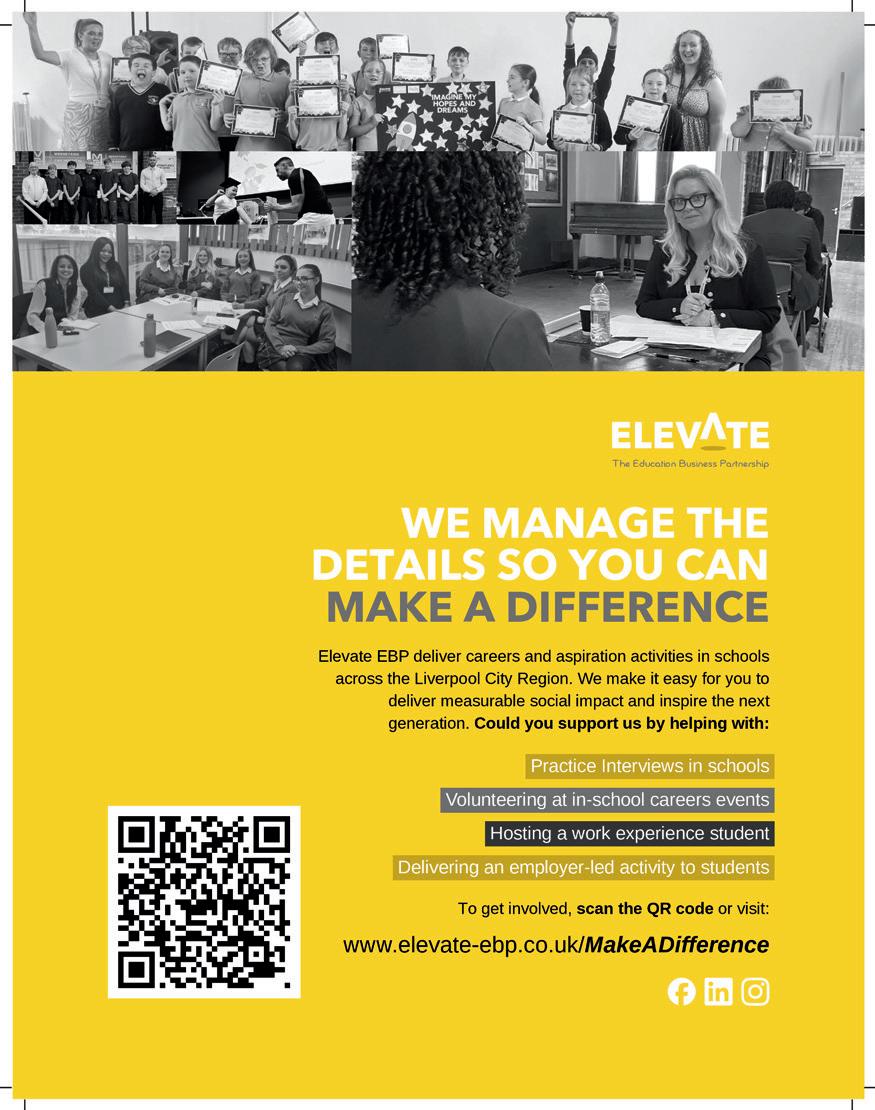
3 minute read
INVESTING THROUGH VOLATILITY: STAYING DISCIPLINED IN UNCERTAIN TIMES
Will Roberts - Investment Director at Rathbones
If recent years have shown us anything, it’s that uncertainty may no longer be the exception, it could be the new normal. For Private Clients, this shift invites a more nuanced approach to portfolio protection, one that leans into flexibility, foresight, and a healthy respect for the unknown.
A new lens on risk
From pandemic disruptions to inflationary surges and geopolitical tensions, global events appear to have reshaped how investors think about risk. In 2025, risk management is no longer just about crunching numbers, it’s becoming a way of thinking strategically. There’s a growing awareness that market disruptions aren’t rare surprises; they’re part of the landscape. That shift is pushing firms to rethink traditional models, which often lean heavily on past data and assumptions of stability. Instead, there’s a move toward more flexible, adaptive approaches. (Equirus Wealth, 2025)
Rather than expecting markets to behave predictably, investment managers are now asking tougher questions, like how portfolios might hold up under pressure. It’s not a foolproof shield against losses, but it can help spot weak points before they turn into costly problems.
Expanding the toolkit
To meet this challenge, investment professionals are turning to a broader set of tools. While familiar metrics like volatility and beta (a measure of how much an asset tends to move in relation to the market) still play a role, newer techniques may offer additional insight:
• Stress Testing: This involves modelling extreme market conditions, such as a sudden interest rate hike or geopolitical shock, to explore how a portfolio might perform.
• Value-at-Risk (VaR): A statistical method that estimates the potential loss in value of a portfolio over a given time frame, with a certain level of confidence.
• Liquidity Analysis: Evaluating how easily assets could be sold without significantly impacting their price, especially during turbulent periods. These tools are increasingly being used not just to measure risk, but to inform portfolio design in a more forward-looking way (Morningstar, 2025). Personally, I can see the value in these tools and whilst no one thing can eliminate risk entirely, they may help investors make more informed decisions.
Lessons from recent events
One of the clearest lessons from recent market shocks is just how crucial liquidity really is. When things get turbulent, having quick access to cash or assets that can be easily traded, isn’t just a nice-to-have, it may be the difference between staying agile or being forced into decisions you’d rather avoid. Whether it’s meeting margin calls, seizing a buying opportunity, or simply riding out volatility, liquidity can give investors room to manoeuvre.
Geopolitical risk is another area gaining attention and can be harder to control. As KPMG’s 2025 Risk Forecast outlines, shifting trade alliances, regulatory fragmentation, and technological competition are contributing to a more complex investment environment. These factors may not always be quantifiable, but they can influence market sentiment and long-term asset performance (KPMG, 2025). So how can you prepare for that?
Building resilience, not just returns
In this uncertain environment, resilience may be emerging as a key investment theme. Rather than focusing solely on returns, many individuals might be exploring how their portfolios can weather different types of storms, economic, political, or otherwise.
In a straightforward manner, this could involve:
• Shorter-Duration Bonds: These may be less sensitive to interest rate changes, offering a degree of stability.
• Alternative Assets: Real estate, infrastructure, and private equity might provide diversification beyond traditional markets.
• Regular Rebalancing: Adjusting allocations periodically may help keep portfolios aligned with evolving market conditions.
Of course, none of these strategies are foolproof. They may reduce certain risks, but they can also introduce others. That’s why a personalised approach, one that reflects each client’s unique circumstances, remains essential.
The role of the adviser
For individuals, risk management is not just about numbers, it’s about context. A seasoned adviser can help interpret data, weigh trade-offs, and tailor strategies to individual needs. While algorithms and models offer valuable insights, they may not capture the full picture of a client’s life, ambitions, or concerns. The human behind the numbers.
In a post-crisis world, the adviser’s role may be shifting from navigator to co-pilot, helping clients chart a course through uncertainty with confidence, but also with humility.
Final thoughts: prepared, not predictive
Ultimately, risk management in 2025 may be less about predicting the next crisis and more about preparing for a range of possibilities.
As we look ahead, vigilance and versatility may prove to be the most valuable assets of all. And while the future remains uncertain, thoughtful planning and open dialogue may help you face it with greater clarity and control.
The value of investments and the income from them may go down as well as up and you may not get back what you originally invested.
For more information, contact Will Roberts on 0151 243 7221 | will.roberts@rathbones.com





